Another test this month using Photographer Formulary Liquidol paper developer. I had read reviews about this developer giving rich blacks and having similar qualities to Dektol, which is the standard by which other developers are measured. Liquidol purports to have faster development time, higher shelf life, and flexibility with over/under development. Developed by Bill Troop and Ron Mowrey.
The product comes in liquid form so additional shipping charges may occur. PF offers it in 1pint, 1liter, and 1.5gallon sizes. It is economical to mix at a 1:9 ratio so a one pint bottle will yield 5 liters of working solution and it can be mixed a liter at a time. The working solution capacity is about 25 8x10s per liter. Tray life is estimated to be 24 hours but the documentation does not mention shelf life of working if stored in a bottle without air exposure.
The first thing you notice when using the developer is the speed the image first appears. A high contrast scene appeared within 15 seconds and only requires one minute for full development on Ilford MGFB Classic paper. This allows more prints per hour since my normal LPD requires 2-3 minutes. The first couple of images I worked with are high contrast scenes shot early morning with various parts in shade an sun. The wet prints looked soft to my eye and seemed to lack the sparkle of PF130. Upon drying this was also the case. I would not call the effect “muddy” but it offers a smooth transition between tones. Shadows are very open, highlights transition softly. Longer development time of 90 -100 seconds does not seem to do harm or improve anything. To my eye it takes away from the glossiness of the paper and gives a more matte appearance. I double checked the box 3 times to make sure I had not ordered matte paper. It also tends to remind me of RC paper and its lack of richness. To be transparent, it was also hot in my darkroom yesterday which may have had some impact.
I looked at some older images I made with Dektol back in the 80’s and 90’s (on RC graded paper) and found their appearance to be similarly flat. So perhaps it is Dektol’s qualities I do not care for, which is why I have tried other developers. Currently my tastes leans toward more gloss and pop except when using a warm-tone paper but even then I like a clean transition between tones vs the smooth gradient this developer offers. I have not tried it with Warm-tone papers yet but will report back when I do. I also have not tried different dilutions. I will tone the images to see if anything changes. This might be a good second pass developer for experimentation, or useful as a high key image developer with few dark tones.
This developer has its following and fans and is a mainstay in many darkrooms. I don’t think it will be so in mine. If you use it and have found a way to make it perform I would love to hear from you.
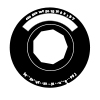
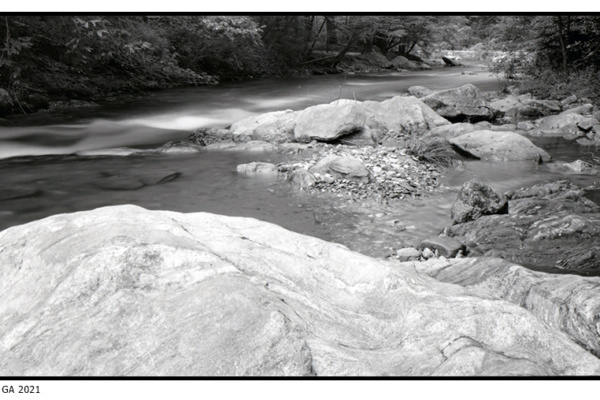
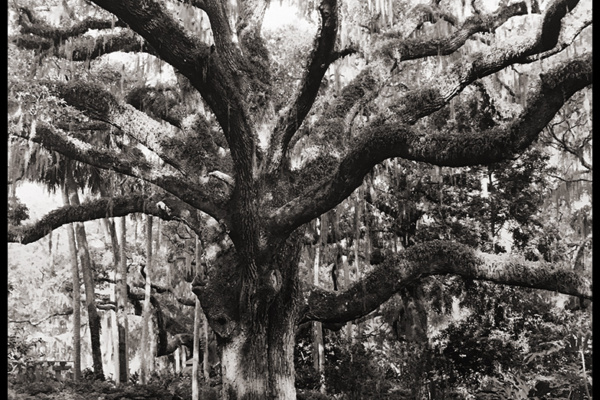
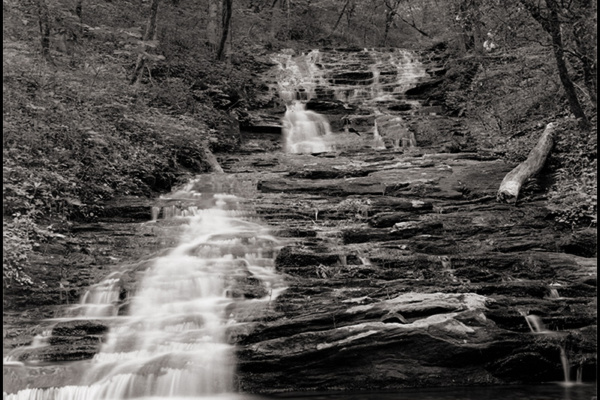
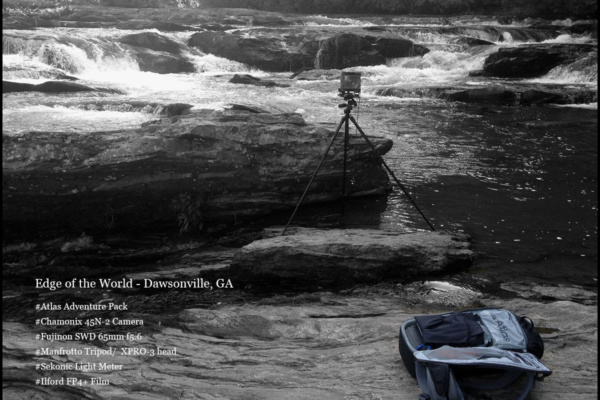
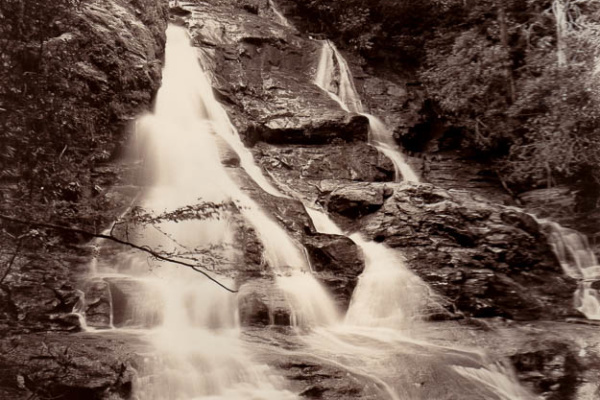
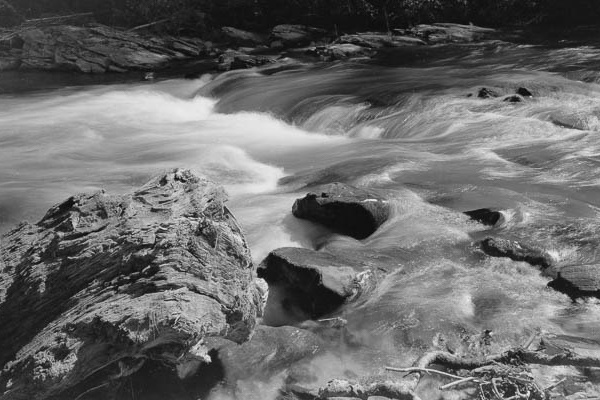
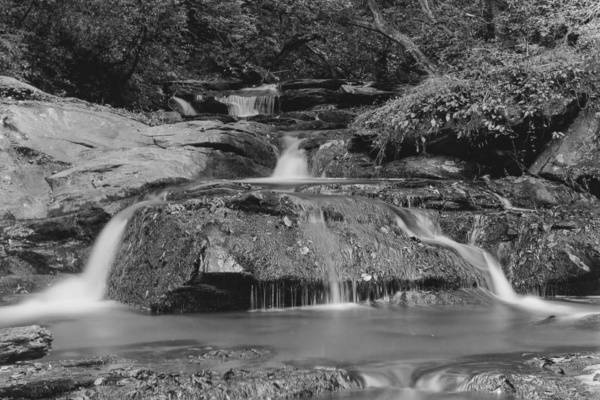
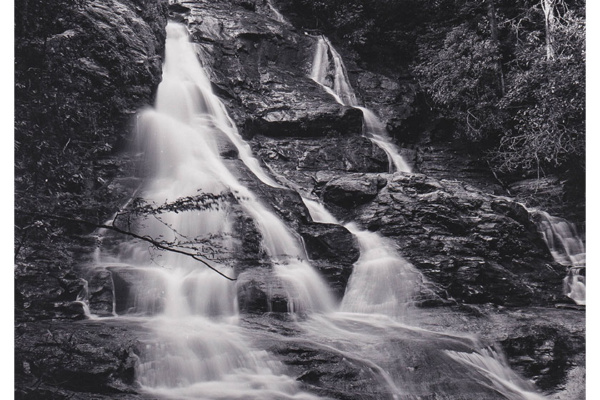
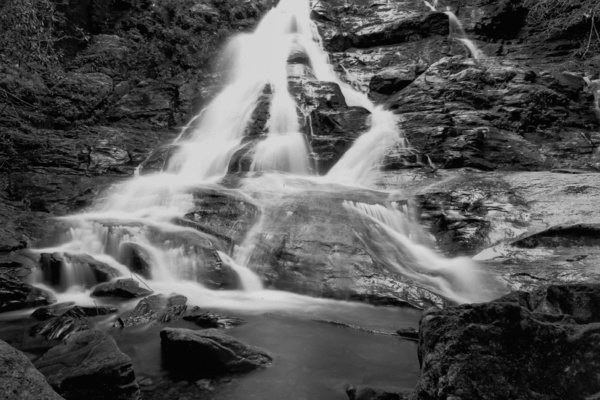
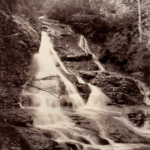 High Shoals Falls Print II
High Shoals Falls Print II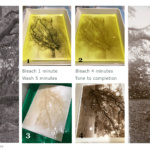 Toning with Thiourea 2021 Tutorial
Toning with Thiourea 2021 Tutorial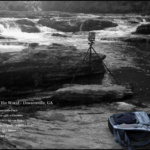 Gear for Adventures
Gear for Adventures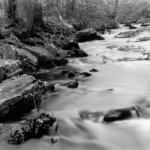 Frogtown Creek III
Frogtown Creek III